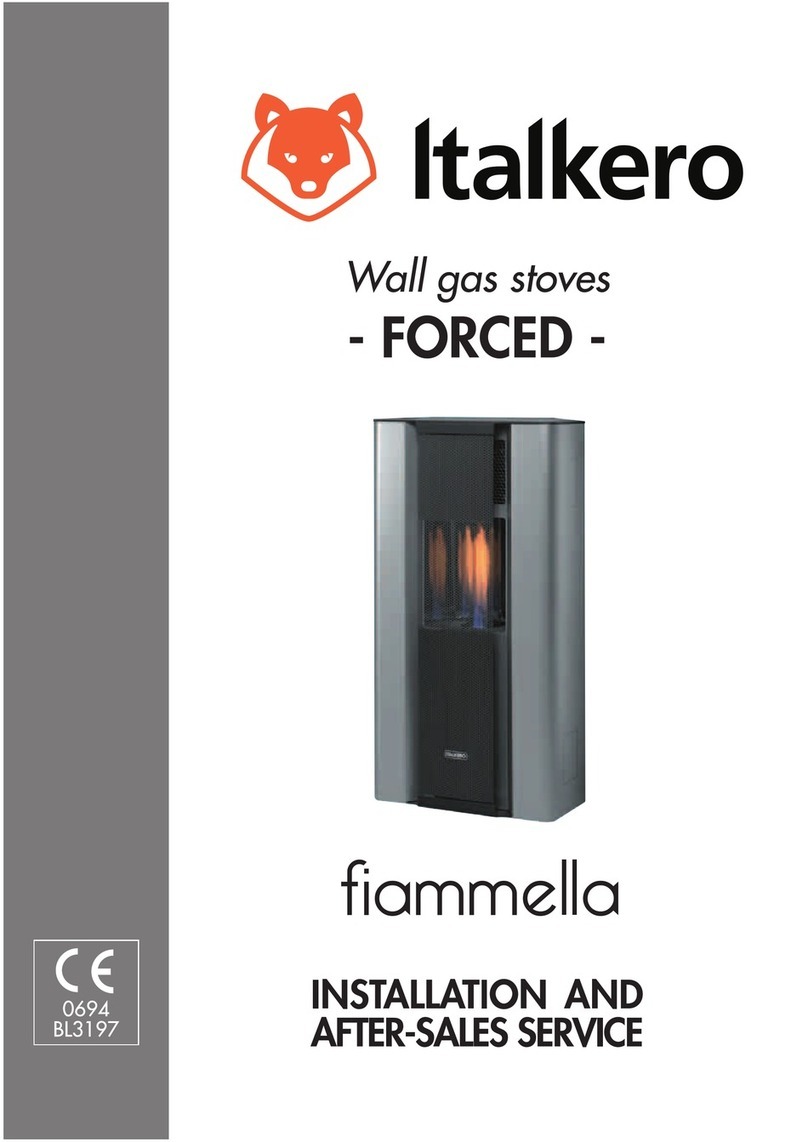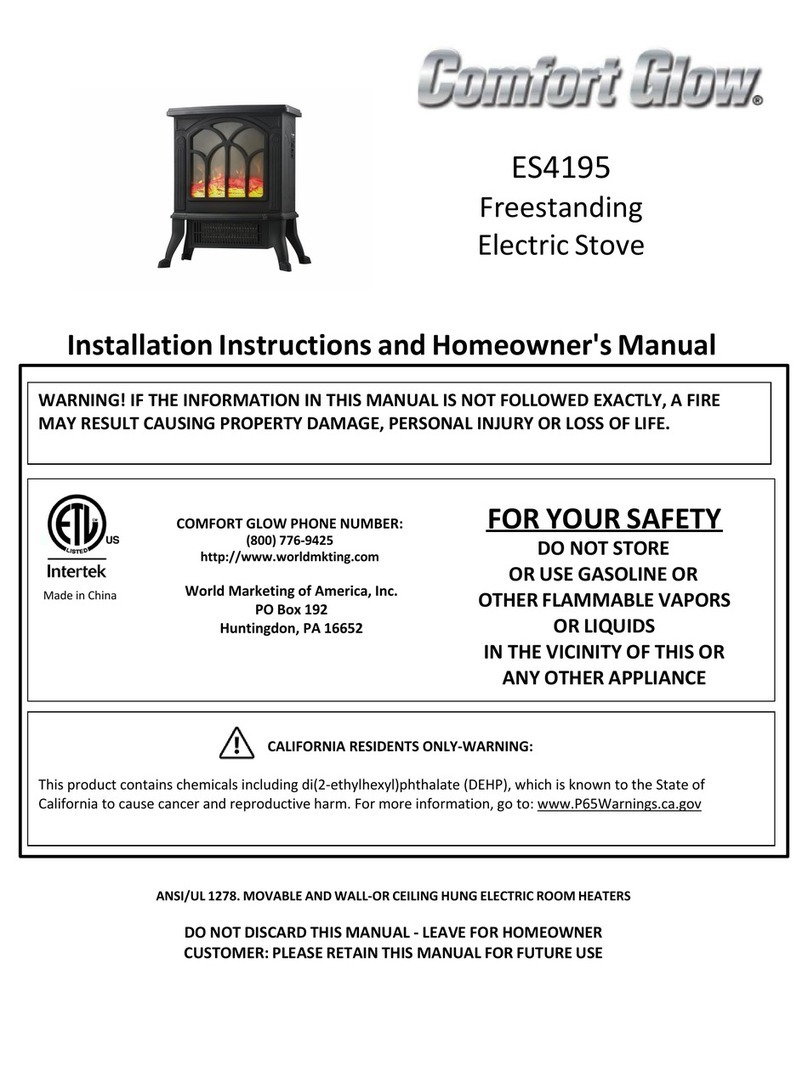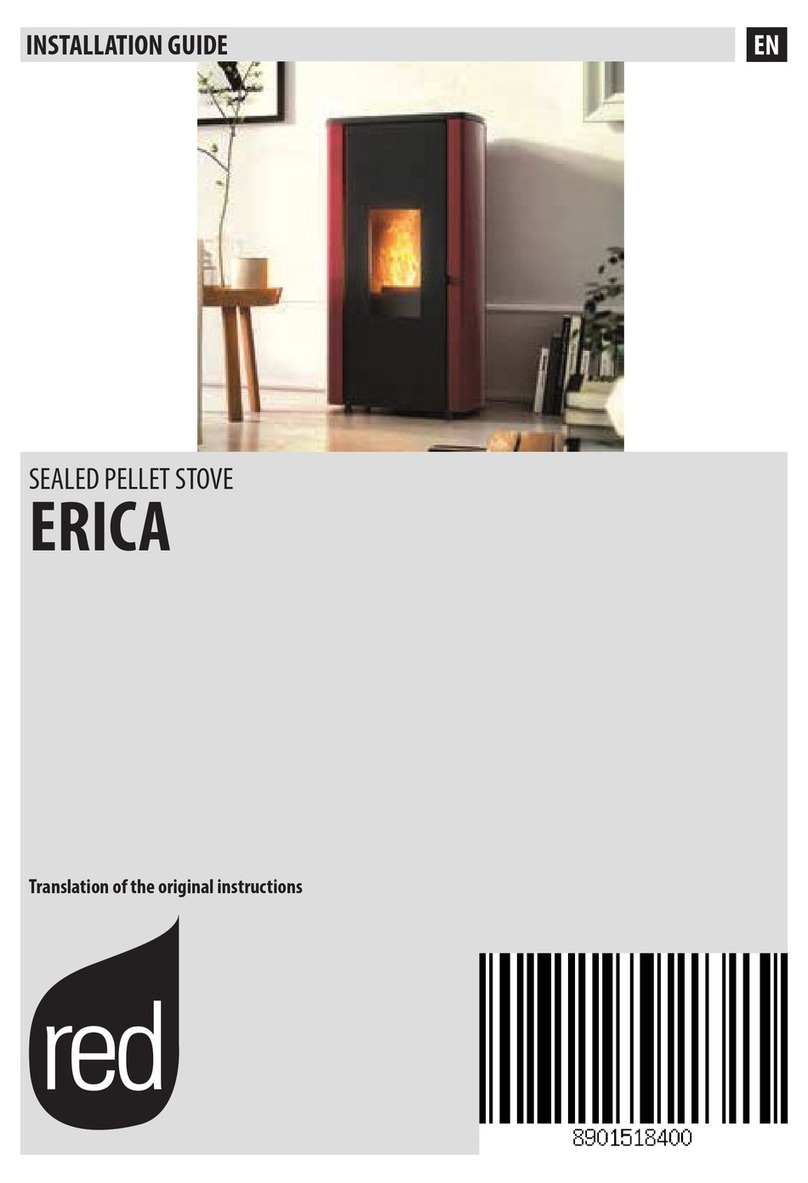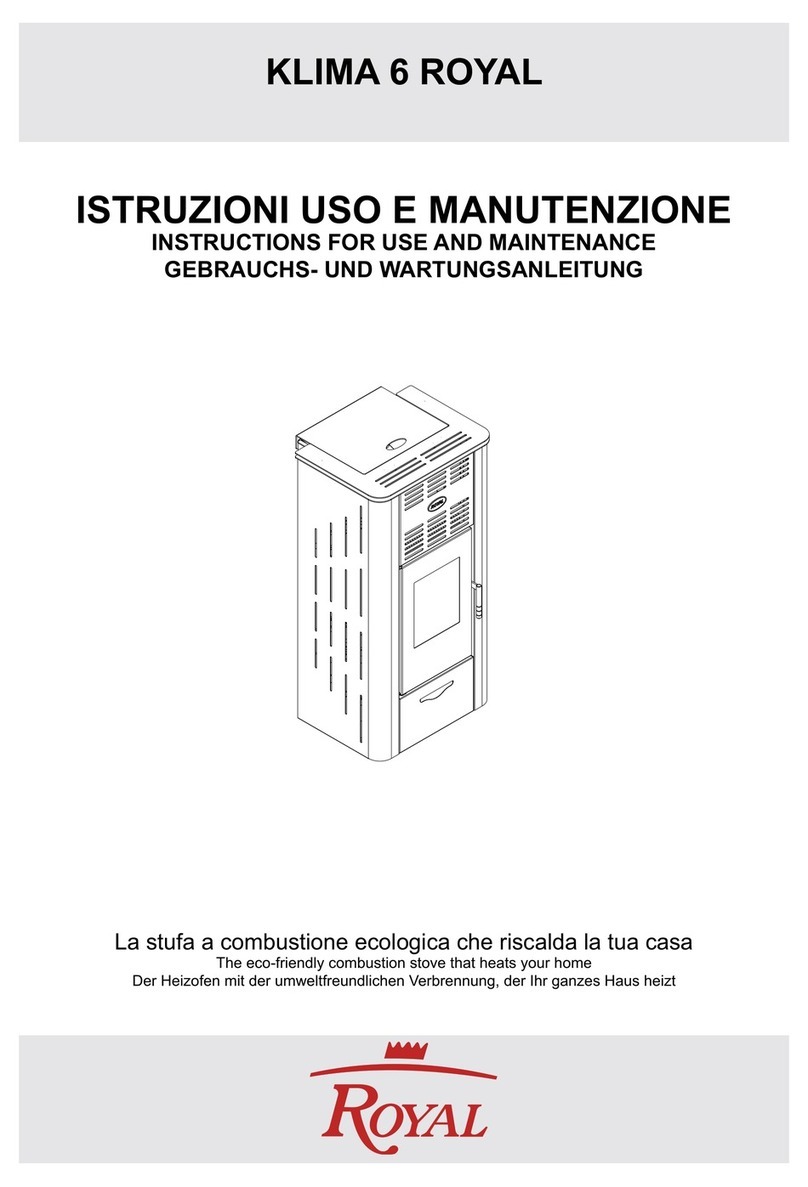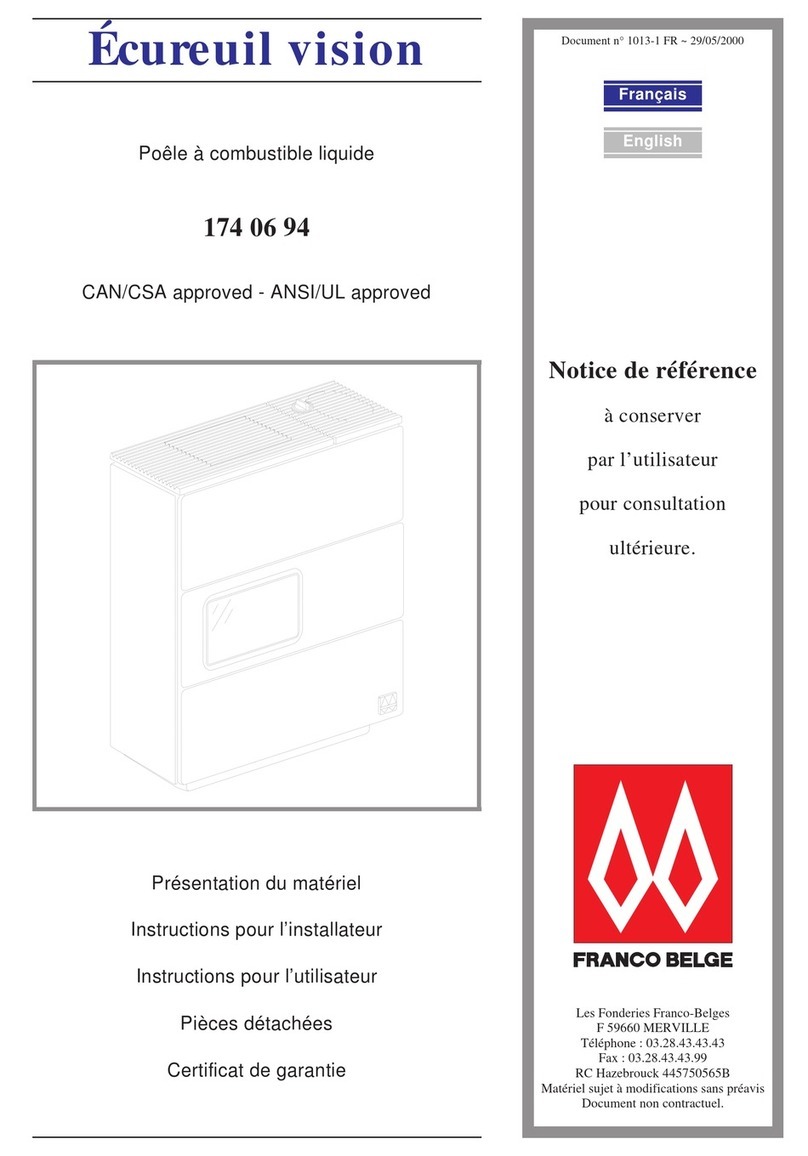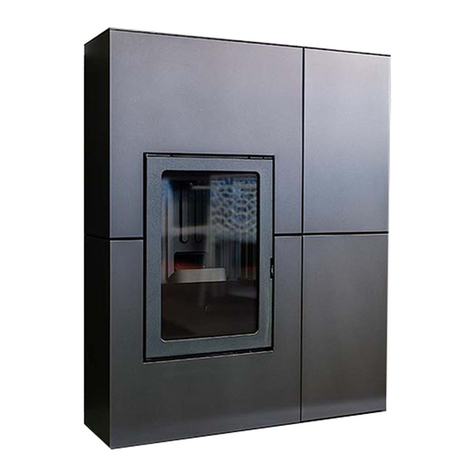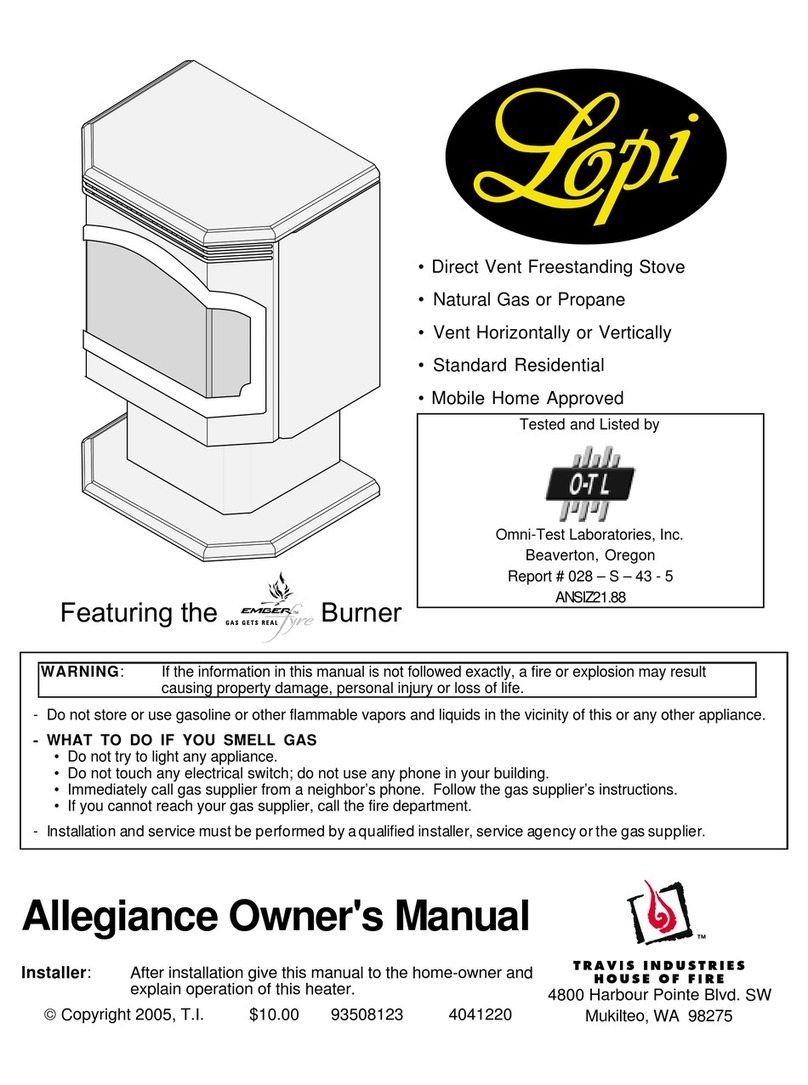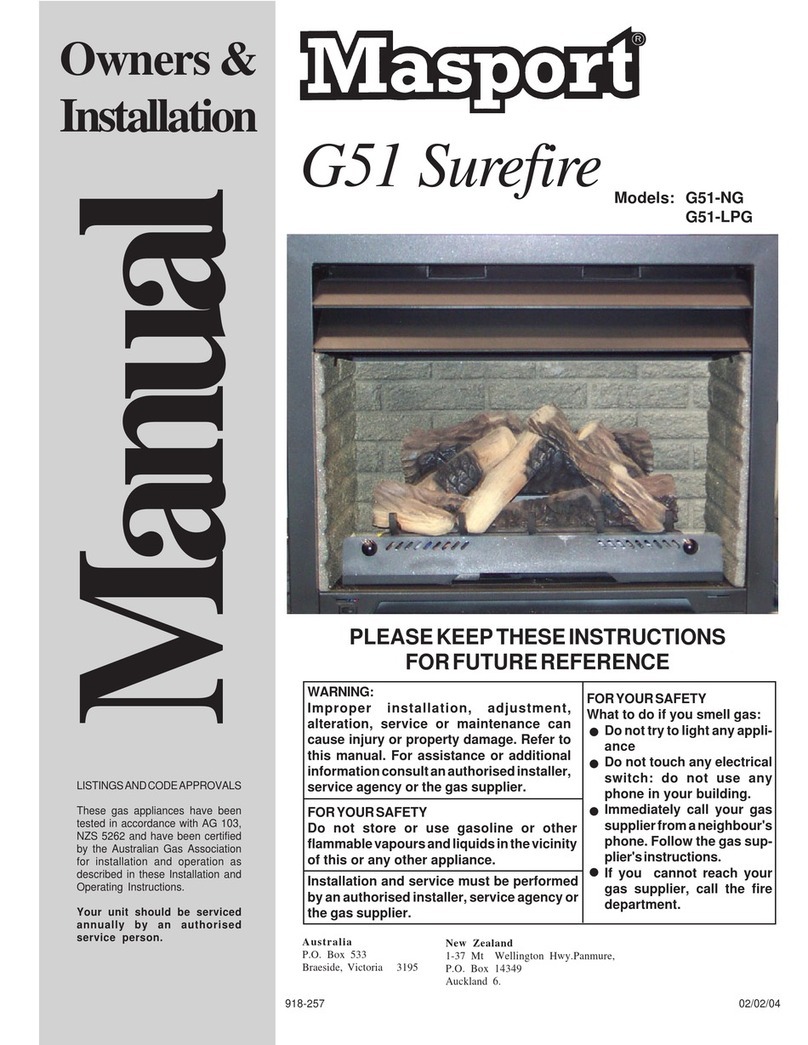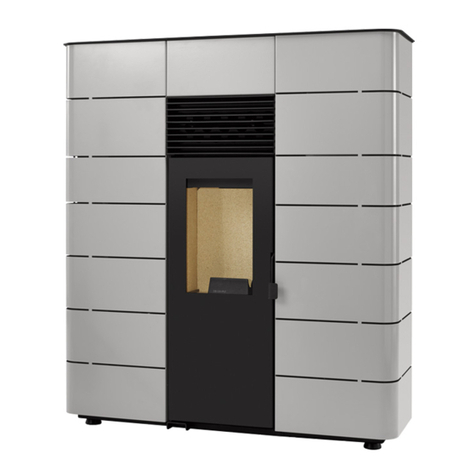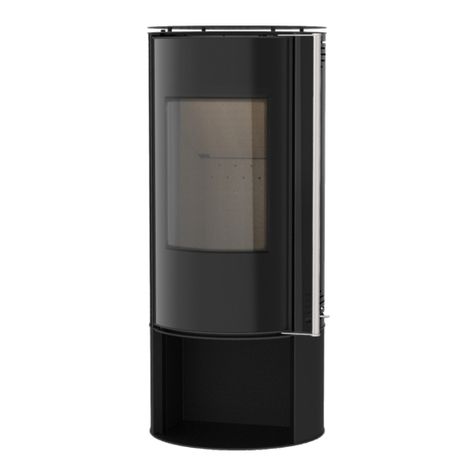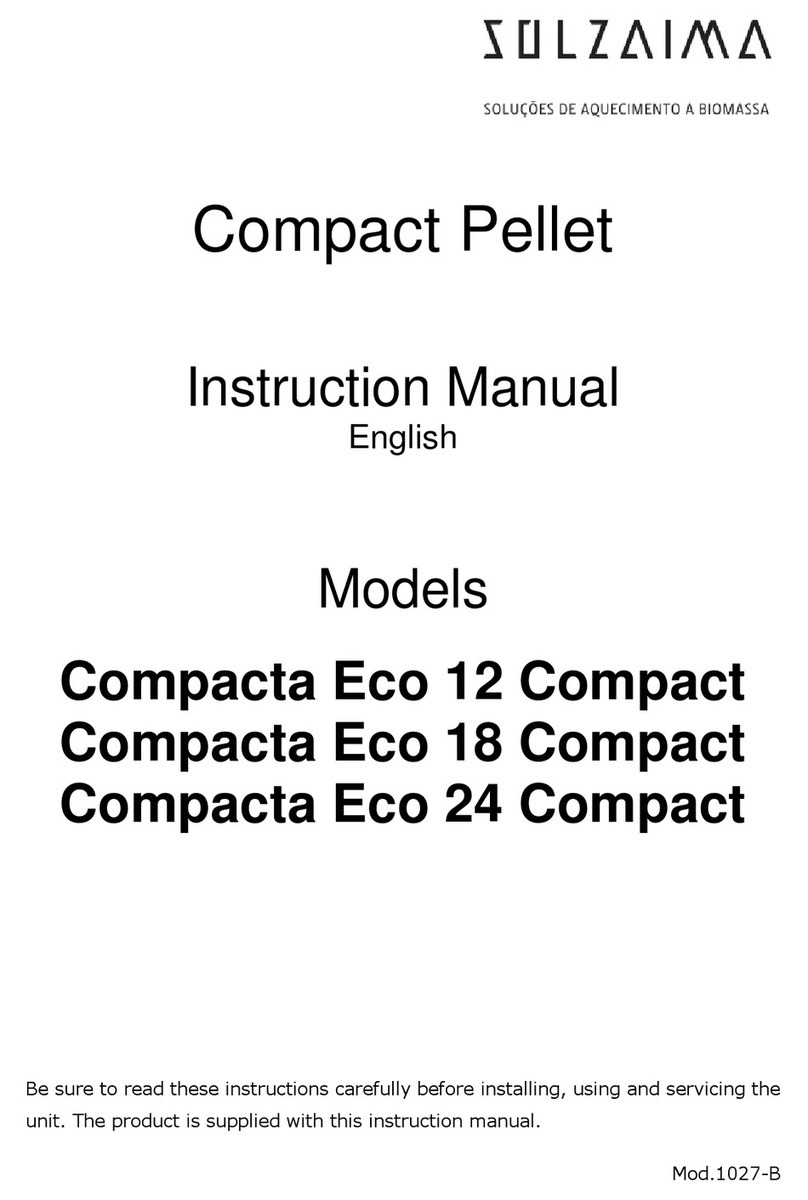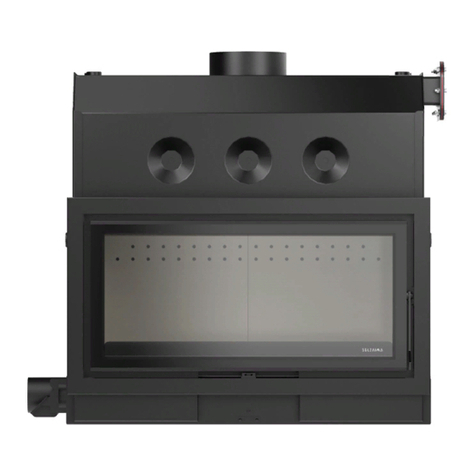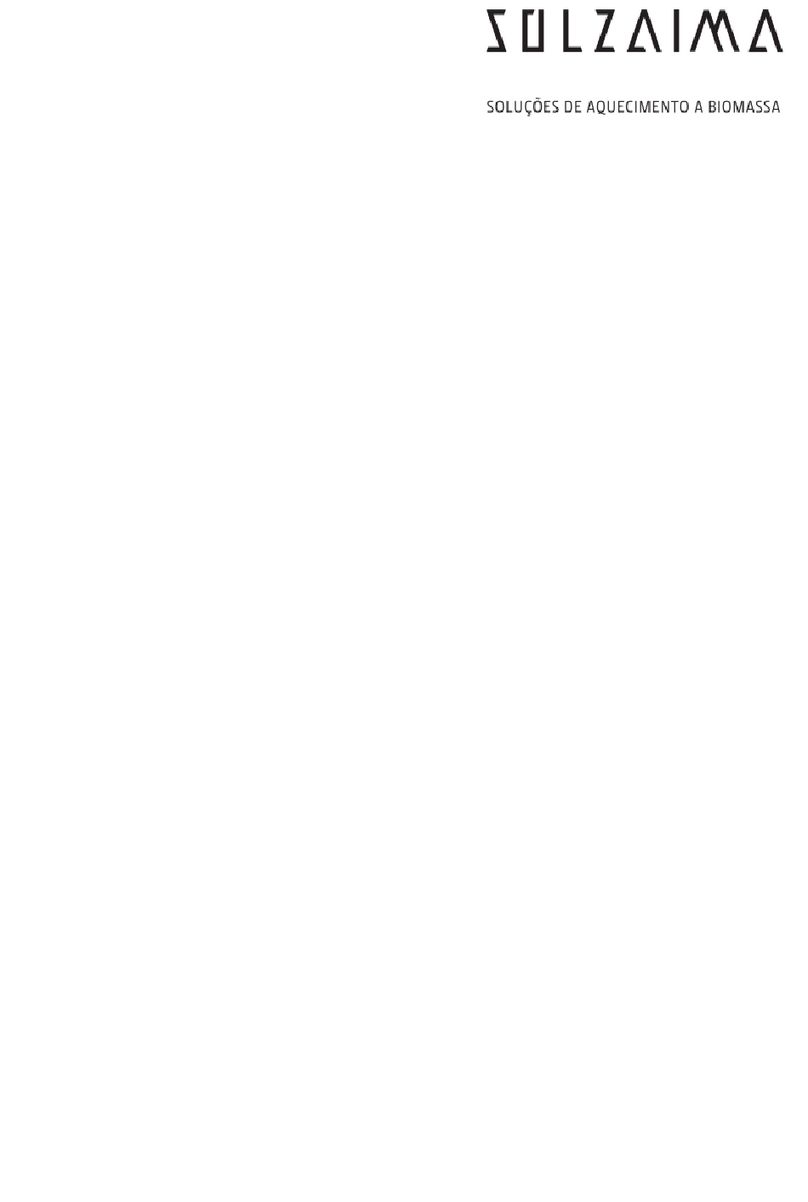
Contents
1. Solzaima..................................................................................................1
2. Package content........................................................................................2
2.1. Unpacking the unit ...............................................................................2
3. Safety precautions ....................................................................................2
4. Advice on action in the event of a fire in a chimney (including equipment) .......3
5. Technical specifications ..............................................................................4
6. Installing the free-standing pellet fire .......................................................... 8
6.1. Installation requirements ...................................................................... 8
6.2. Installing ducts and fume extraction systems...........................................9
6.3. Installing without a chimney................................................................ 10
6.4. Installing with a chimney .................................................................... 12
7. Fuel....................................................................................................... 13
8. Using the free-standing pellet fire ............................................................. 14
9. Remote control ....................................................................................... 15
9.1. Infrared remote control....................................................................... 15
9.2. Control and display panel .................................................................... 15
9.2.1. Selecting the manual or automatic mode.......................................... 16
9.2.2. Date and time............................................................................... 17
9.2.3. Timer........................................................................................... 19
9.2.4. Sleep (this menu is displayed only while the unit is operating) ............ 23
9.2.5. Info ............................................................................................. 23
9.2.6. Settings menu .............................................................................. 26
9.2.7. Technical menu ............................................................................. 29
10. Start-up................................................................................................. 30
11. Instruction for installing the casings .......................................................... 31
11.1. Installing the casings K100 and K200 ................................................... 31
11.2. Installing the casings K300 and K400 ................................................... 38
11.3. Installing the casings Alpes K400 and Alpes K300 .................................. 49
11.4. Installing the casings K500.................................................................. 66
11.5. Installing the casings K600.................................................................. 72
12. Installing the ductable air auxiliary ventilator (PA1090G030 optional only K500)
84
12.1. Electrical connections ......................................................................... 88
12.2. Adjustable ductable air inlet ................................................................ 90






















